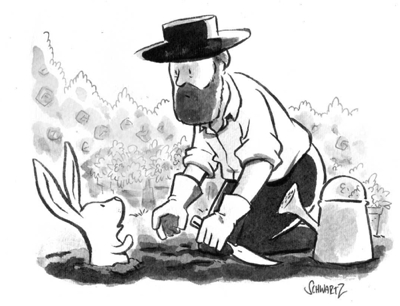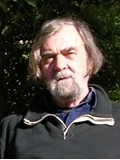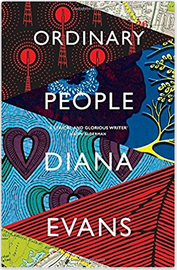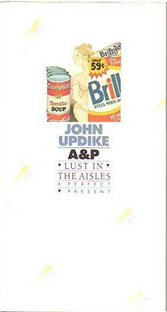 Chet Raymo recently published a short essay on “Updike” for the “Opinion-Liberal” section of Before It’s News in which he begins,
Chet Raymo recently published a short essay on “Updike” for the “Opinion-Liberal” section of Before It’s News in which he begins,
“‘Ancient religion and modern science agree: We are here to give praise. Or, to slightly tip the expression, to pay attention.’ I am quoting John Updike, who probably understood science better than any other major literary figure. He had an oarsman’s grip on religion, too. Add women—their unaging beauty, their desirability—and you have the Holy Trinity of his work.
“I don’t believe I took note here of Updike’s passing in 2009, at age 77. I should have. We were near enough contemporaries. We shared foibles, frailties and preoccupations. Our geographic trajectories were not dissimilar. I could not, of course, hope to equal his huge talent, but I followed along behind as he bounded rabbity ahead.
“I have just read his posthumous collection of stories, My Father’s Tears.* The names change, as usual, but the protagonists are the same, that is to say, some transmogrification of Updike himself. And, as usual, in these final stories science, religion and women figure strongly, but now shadowed by the encroachments of old age and death.”
Raymo discussses Martin Fairchild, Updike’s character from “The Accelerating Expansion of the Universe” from that collection, and concludes, “Giving praise. Paying attention. Updike did that in spades. I can’t remember where, but in some much earlier work, perhaps the same essay from which I gleaned the initial quote, he said this: ‘What we certainly have is our instinctual intellectual curiosity about the universe from the quasars down to the quarks, our delight and wonder at existence itself, and an occasional surge of sheer blind gratitude for being here’.”
 Chet Raymo recently published a short essay on “Updike” for the “Opinion-Liberal” section of Before It’s News in which he begins,
Chet Raymo recently published a short essay on “Updike” for the “Opinion-Liberal” section of Before It’s News in which he begins,




